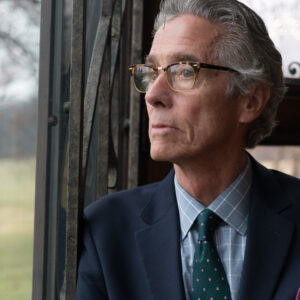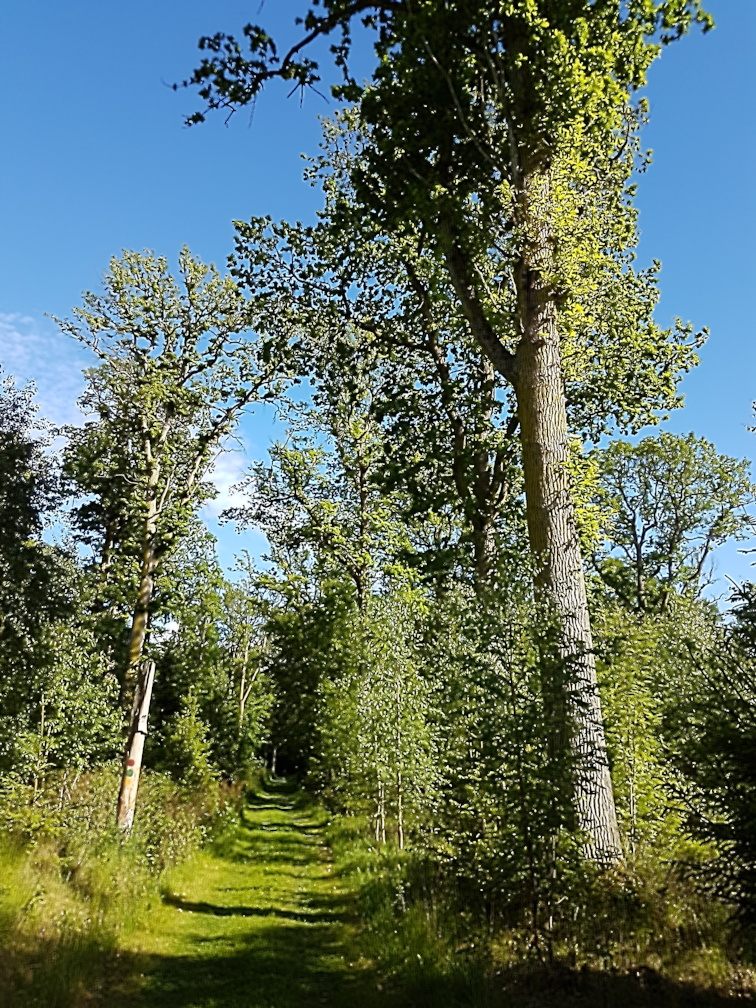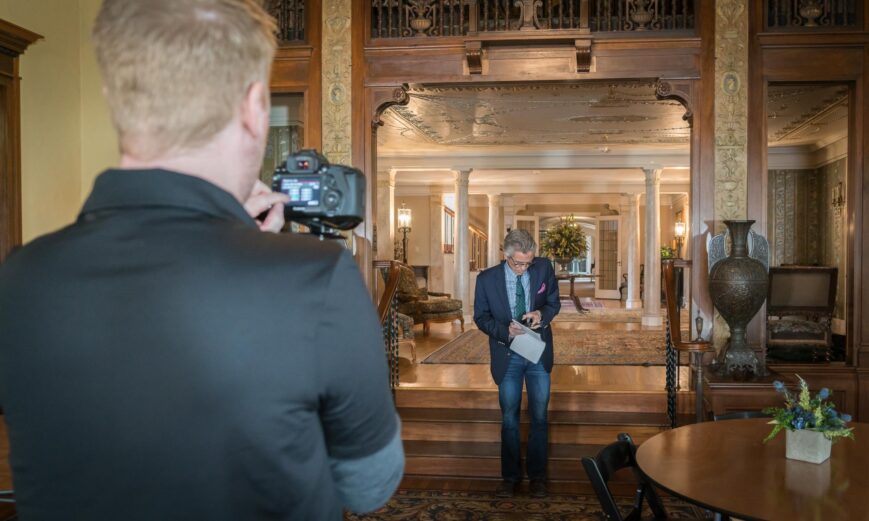
Criswell Davis
I have been honored over the past 14 years of my 34-year career in the lumber business to talk with more than 10,000 architects and designers promoting the use of sustainable wood in biophilic design. I have learned a great deal through this journey.
In 2018 I became co-founder of the Timber & Forestry Foundation, whose mission has always been to promote the use of sustainable, legally harvested wood products from around the world through sponsored digital media and educational webinars as well as in-person presentations. During the pandemic I have conducted more than 24 educational webinars with total attendance of more than 4,000 members of the design community. I am always seeking to learn more about the industry and how it brings beauty to the world.

Visingsö Oak Forest. Photo source: Atlas Obscura
Over the past 14 years, I have remained open to learning new things about wood and wood products. For example, I learned that the US Navy maintains a 50,000-acre white oak forest in Indiana for the sole purpose of restoring and refitting the USS Constitution, the oldest commissioned vessel still sailing. On the lake island of Visingsö, Sweden there is a 900-acre forest where more than 300,000 trees were planted between 1830 and 1840 to use in the refitting and building ships for the Swedish navy. The government at the time took the long view of replenishing the white oak resource since their ships were built with white oak. They figured that in 80-100 years when they needed more white oak the trees would be mature and ready for harvest. As it turned out more ships were built from iron and steel than white oak during the 1800s and the demands on that forest diminished with each passing year. When the white oak was planted, elm, ash, maple, beech, and silver fir were planted between the rows to keep the growth up instead of spreading out. Now, more than 180 years later, those trees are immense and unusually straight, being sustainably harvested and bringing beauty to the world in flooring, cabinetry, and furniture.
I have learned that certified sustainable wood in is being successfully modified for exterior use through a non-toxic acetylation process offering a great cladding alternative to metals and plastics.
Contrary to my preconceived impressions, I have learned that there is a strong, healthy supply of beautiful tropical hardwoods, certified as sustainably managed and legally harvested, that can be used to enhance our biophilic designs for the built environment.
One is never too old to learn.

